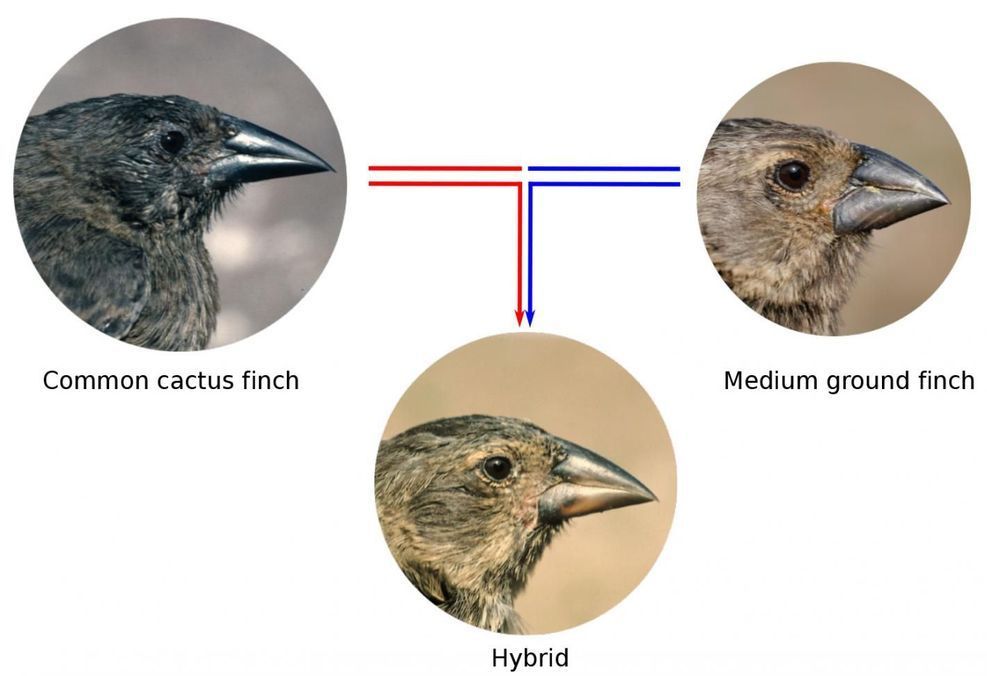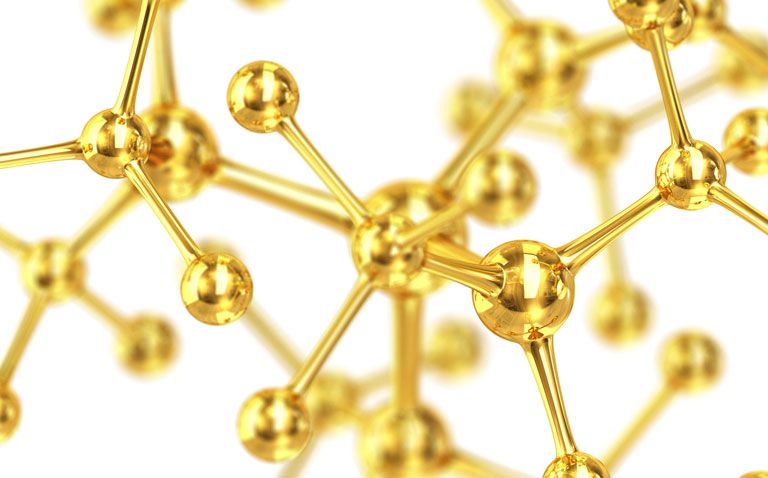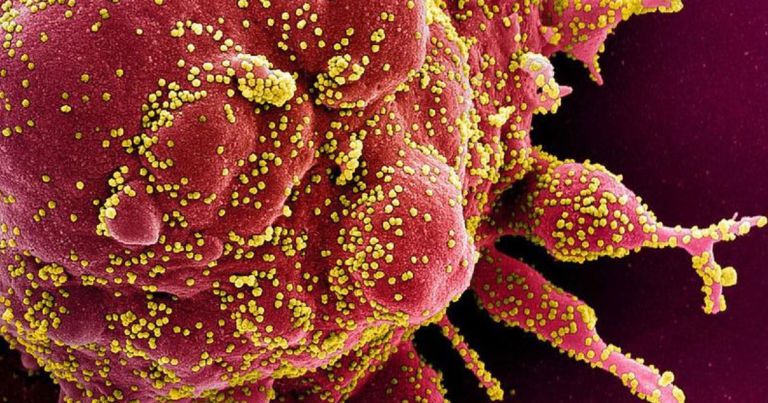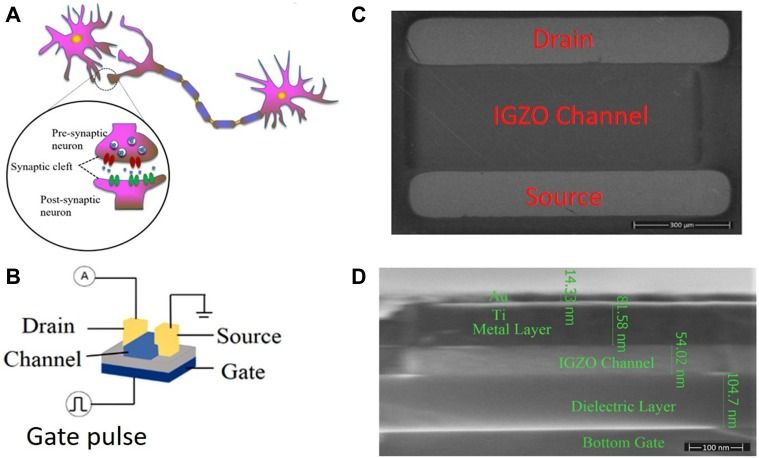Augmented reality has been the next big thing for a while, but we haven’t seen many practical applications. Here’s a tool that looks useful, though: using AR and AI to copy and paste objects from the real world to your computer using just your phone.
Get the latest international news and world events from around the world.

Boeing rolls out Australia’s first ‘Loyal Wingman’ combat drone
But one of the biggest technical questions still remains: How much data should be transferred from the ATS to the cockpit of the manned aircraft controlling it, and when does that turn into information overload? That question is one Boeing wants to answer more definitively once ATS makes its first flight later this year and moves into its experimentation phase, Arnott said.
“There’s a lot for us to figure out [on] what’s that right level of information feed and direction. One of the great benefits of working with the Royal Australian Air Force is having the real operators [give feedback],” he said. “We don’t have all the answers yet. We have a lot of understanding through our surrogate simulator and surrogate testing that we’re doing, but we will prove that out.”
Boeing first introduced the Airpower Teaming System at the Australian International Airshow at Avalon in February 2019, when the company unveiled a full-scale model. Since then, the company has moved quickly to fabricate the first of three aircraft, completing the fuselage structure this February. In April, the aircraft stood on its own wheels for the first time and powered on.


How gene flow between species influences the evolution of Darwin’s finches
Despite the traditional view that species do not exchange genes by hybridisation, recent studies show that gene flow between closely related species is more common than previously thought. A team of scientists from Uppsala University and Princeton University now reports how gene flow between two species of Darwin’s finches has affected their beak morphology. The study is published today in Nature Ecology and Evolution.
Darwin’s finches on the Galápagos Islands are an example of a rapid adaptive radiation in which 18 species have evolved from a common ancestral species within a period of 1–2 million years. Some of these species have only been separated for a few hundred thousand years or less.
Rosemary and Peter Grant of Princeton University, co-authors of the new study, studied populations of Darwin’s finches on the small island of Daphne Major for 40 consecutive years and observed occasional hybridisation between two distinct species, the common cactus finch and the medium ground finch. The cactus finch is slightly larger than the medium ground finch, has a more pointed beak and is specialised to feed on cactus. The medium ground finch has a blunter beak and is specialised to feed on seeds.

Is vitamin D an important biomarker for symptom severity in COVID-19?
In the absence of a specific vaccine, there has been much interest in alternative treatments and strategies to help minimise the effects of infection with COVID-19.
One strategy attracting much interest in the media is the importance of achieving sufficient vitamin D levels, and the topic has also been the subject of recent academic articles.1,2 While both articles discuss the potential role of vitamin D in the immune system, they also highlight the lack of direct clinical studies in those with COVID-19. However, a recent research letter3 provides some tentative evidence of the impact of vitamin D status on the severity of COVID-19 symptoms.

New Military Test Detects COVID-19 Before It’s Infectious
The test came out of DARPA, the U.S. military’s research division, and may be granted an accelerated emergency use authorization by the FDA by the end of the week, according to The Guardian.
If the test works as expected, it could play a major role in preventing future outbreaks by letting people know they need to self-isolate well before they start spreading the coronavirus.
“The concept fills a diagnostic gap worldwide,” Dr. Brad Ringeisen, head of DARPA’s biological technologies office, told The Guardian. He added that, should the FDA approve the test for use, it could be “absolutely a gamechanger.”

Implementation of PPI with Nano Amorphous Oxide Semiconductor Devices for Medical Applications
Electronic devices which mimic the functionality of biological synapses are a large step to replicate the human brain for neuromorphic computing and for numerous medical research investigations. One of the representative synaptic behaviors is paired-pulse facilitation (PPF). It has been widely investigated because it is regarded to be related to biological memory. However, plasticity behavior is only part of the human brain memory behavior.
Here, we present a phenomenon which is opposite to PPF, i.e., paired-pulse inhibition (PPI), in nano oxide devices for the first time. The research here suggests that rather than being enhanced, the phenomena of memory loss would also be possessed by such electronic devices. The device physics mechanism behind memory loss behavior was investigated. This mechanism is sustained by historical memory and degradation manufactured by device trauma to regulate characteristically stimulated origins of artificial transmission behaviors.
Under the trauma of a memory device, both the signal amplitude and signal time stimulated by a pulse are lower than the first signal stimulated by a previous pulse in the PPF, representing a new scenario in the struggle for memory. In this way, more typical human brain behaviors could be simulated, including the effect of age on latency and error generation, cerebellar infarct, trauma and memory loss pharmacological actions (such as those caused by hyoscines and nitrazepam).

Emerging Trends in Micro- and Nanoscale Technologies in Medicine: From Basic Discoveries to Translation
We discuss the state of the art and innovative micro- and nanoscale technologies that are finding niches and opening up new opportunities in medicine, particularly in diagnostic and therapeutic applications. We take the design of point-of-care applications and the capture of circulating tumor cells as illustrative examples of the integration of micro- and nanotechnologies into solutions of diagnostic challenges. We describe several novel nanotechnologies that enable imaging cellular structures and molecular events. In therapeutics, we describe the utilization of micro- and nanotechnologies in applications including drug delivery, tissue engineering, and pharmaceutical development/testing. In addition, we discuss relevant challenges that micro- and nanotechnologies face in achieving cost-effective and widespread clinical implementation as well as forecasted applications of micro- and nanotechnologies in medicine.

New Material Finally Makes It Into the Almighty Nuclear Code
Scientists working at Idaho National Laboratory (INL) have announced the approval of a new high-temperature metal after 12 years and a $15 million Department of Energy investment. Alloy 617, a “combination of nickel, chromium, cobalt and molybdenum,” is tolerant and strong at temperatures of more than 1,700 degrees Fahrenheit. The scientists say this means it could be used in existing high temperature nuclear facilities as well as cutting-edge applications like molten salt reactors.
For any new nuclear plant material, making the American Society of Mechanical Engineers (ASME) Boiler and Pressure Vessel Code is like qualifying for the Olympics. Alloy 617 is the first new material to get into “The Code” in 30 years.

More than 14,000 without power after strong storms move through the metro
KANSAS CITY, Mo. — Thousands of Evergy customers in the metro are without power Monday after strong storms move through the metro.
According to the outage map on Evergy’s website there were 133 active outages at 11:40 a.m., and those 133 outages were impacting 14,296 customers.
There is no word yet on how long it will take crews to fully restore power.